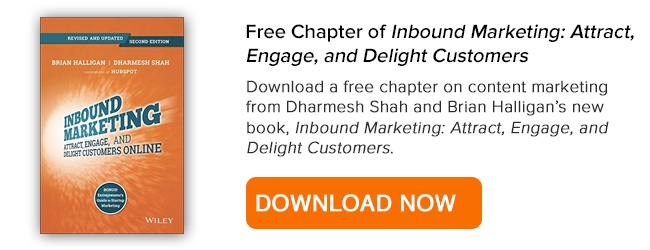 What is the purpose of writing content? There are three main purposes: entertainment, information and promotion. The written word is the primary method most companies rely on to communicate with current and prospective customers. When these words are intended for e-mail delivery, the spam filter is a serious hurdle to clear. When messages are caught in spam folders, the time and energy you put into content development is wasted. To ensure that your messages are actually read by your customers, writing copy to avoid spam is an essential skill to master.
What is the purpose of writing content? There are three main purposes: entertainment, information and promotion. The written word is the primary method most companies rely on to communicate with current and prospective customers. When these words are intended for e-mail delivery, the spam filter is a serious hurdle to clear. When messages are caught in spam folders, the time and energy you put into content development is wasted. To ensure that your messages are actually read by your customers, writing copy to avoid spam is an essential skill to master.
What is spam?
Spam is a tasty canned meat product. While this may be true, it is unimportant here. For our discussion, spam is defined as e-mail messages that contain undesired marketing content. The bad news is that this definition is subjective. Each user has a different tolerance for marketing messages and can tailor his or her spam filter to meet his or her preferences. The good news is that most users don’t bother! Writing copy to avoid spam usually means avoiding commonly flagged characteristics. Here are some common red flags:
ALL CAPS AND TOO MUCH PUNCTUATION!!!
Bad: V1AGRA SAMPL3!!!
Better: Your Samples Are Available
These silly tricks are intended to grab the reader’s attention, but they often backfire; subject lines like these are more likely to be marked as spam. Also, substituting numbers for letters is really amateur; your message is better than that.
Vague Subject Line
“FREE Information!” may be accurate, but it’s not very informative. “Here is the Free Information You Requested” is better. For the best results, be specific and truthful in your subject lines. Notice also that the second subject line example specifies that the recipient requested the information being delivered. This leads nicely to the next point…
Who Ordered This Stuff?
To avoid the spam folder, don’t send information to people who haven’t asked you to, or resourceful information that will actually help them. Most people simply do not appreciate unsolicited marketing offers. If you have had previous contact with an individual, you are even less likely to be caught in the filter. Whenever possible, use the customer’s name in the message body; this is easy to accomplish and looks better to both the spam filter and the reader.
Don’t Write Spam
The biggest key to writing copy to avoid spam is simply, don’t write spam! Rather than focusing on selling, write copy designed to inform or entertain your audience first. Selling can happen later, and through a more personal medium.
Get Personal
Make sure you personalize your e-mails before sending them with dynamic tags. "Hey [firstname], Check out this FREE eBook about Inbound Marketing". So each person the gets the e-mail will have it customized with their name, which makes them feel special. This will make the receiver feel like it is made for them and will be more likely to open the e-mail and will ultimately help grow your list, not shorten it. Imagine if you visit a bank every Friday and the teller just goes through the motions to process your check vs. them saying "Welcome back Jane, What can I do for you today?" I would definitely prefer felling like I matter and they remember my name and make me feel like I am the only one in the world to help.
E-mail is a cheap and easy way to reach a large number of people with a message. Content is the Key to grabbing attention, so make sure it will blow them out of the water and right into your lead nurturing sales funnel. Quality e-mail content can open the door to a future sales conversation. Unfortunately, the best content does no good if it doesn’t reach the intended recipient. Write copy to avoid the spam filter, and your e-mail marketing campaigns will be even more cost effective.
Check out these best practices for creating remarkable content, one of the most important steps in an inbound marketing strategy. The authors discuss how to develop ebooks, videos and blog articles and provide tips for sharing your content with your ideal audience.
 Rachel Begg
Rachel Begg